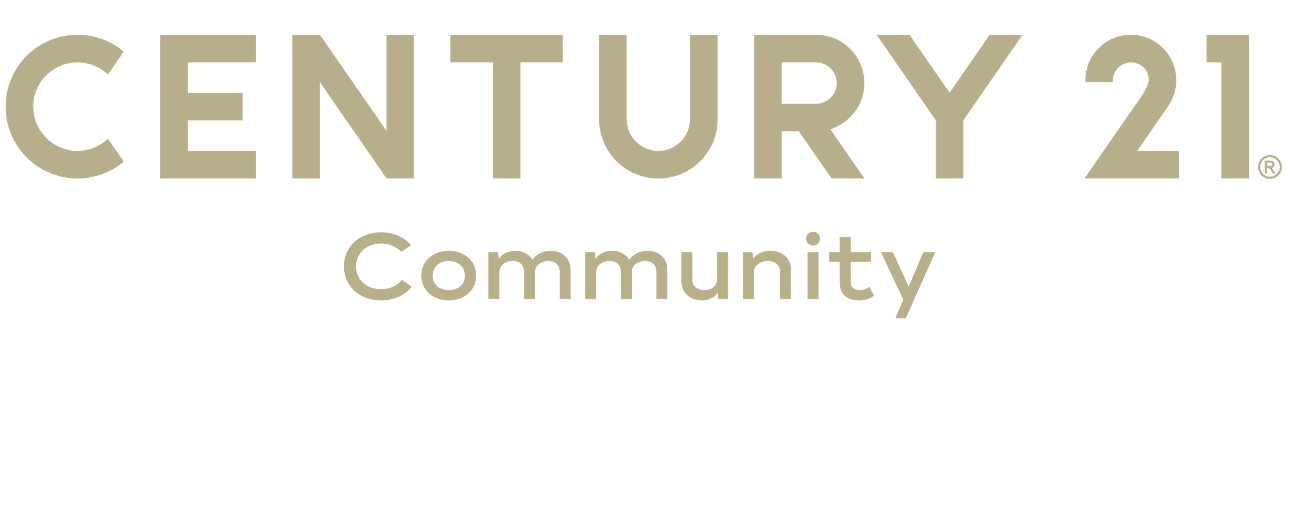As a real estate investor looking to flip homes, the key to success lies in identifying the right property. At CENTURY 21 Community, we understand the challenges and opportunities in the home flipping market. Here’s our comprehensive guide to help you navigate the home searching process and find that diamond in the rough.
Location, Location, Location
When searching for a property to flip, location should be your top priority. A great house in a poor location will always be a hard sell, no matter how well you renovate it.
Neighborhood Quality: Look for up-and-coming neighborhoods or areas that are already desirable. Research local amenities, schools, crime rates, and future development plans.
Proximity to Amenities: Properties close to shopping centers, parks, public transportation, and major employers tend to hold their value better and sell faster.
Avoid Red Flags: Steer clear of areas with high crime rates, excessive noise pollution, or environmental hazards.
Property Condition and Potential
The ideal flip property is one that needs cosmetic updates rather than major structural repairs. Here’s what to look for:
Good Bones
Focus on properties with solid foundations, sturdy roofs, and sound electrical and plumbing systems. These core elements are expensive to fix and can quickly eat into your profits if they need significant work.
Cosmetic Issues
Look for homes that mainly need:
– Fresh paint
– New flooring
– Updated fixtures and hardware
– Kitchen and bathroom upgrades
These improvements can dramatically increase a home’s value without breaking the bank.
Layout and Flow
Seek properties with good floor plans. Open concept layouts are popular, but even if the home isn’t currently open concept, consider whether walls can be easily removed to create a more modern flow.
Market Analysis
Understanding the local real estate market is crucial for a successful flip.
Comparable Sales: Research recent sales of similar properties in the area to gauge potential selling prices.
Days on Market: Look at how quickly homes are selling in the neighborhood. A fast-moving market is ideal for flippers.
Price Trends: Analyze whether home prices in the area are increasing, decreasing, or stable.
Financial Considerations
The numbers need to make sense for a flip to be profitable.
The 70% Rule
Many experienced flippers follow the 70% rule: The maximum purchase price should be 70% of the After Repair Value (ARV) minus renovation costs. For example:
– Estimated ARV: $300,000
– Estimated renovation costs: $50,000
– Maximum purchase price: ($300,000 x 0.70) – $50,000 = $160,000
Renovation Costs
Be realistic about renovation costs. It’s wise to add a 10-20% buffer to your estimated budget for unexpected expenses.
Holding Costs
Factor in costs like property taxes, utilities, and loan payments for the duration you expect to hold the property.
Potential for Value-Add
Look for properties where small changes can lead to big increases in value.
Extra Space: Homes with unfinished basements, attics, or large lots may offer opportunities for adding living space.
Outdated Features: Properties with vintage charm but outdated amenities can often be updated relatively inexpensively.
Energy Efficiency: Homes that can be easily made more energy-efficient (e.g., by adding insulation or updating windows) can be attractive to buyers.
Working with Professionals
Partnering with the right professionals can make your flipping journey smoother and more profitable.
Real Estate Agent: Work with an experienced agent who understands the local market and the specific needs of investors.
Home Inspector: Always get a professional inspection to uncover any hidden issues before purchasing.
Contractor: Build relationships with reliable contractors who can provide accurate estimates and quality work.
Red Flags to Watch For
Be wary of these potential deal-breakers:
– Foundation issues
– Extensive water damage or mold
– Outdated electrical systems (e.g., knob and tube wiring)
– Major plumbing problems
– Asbestos or lead paint in older homes
Conclusion
Finding the right property to flip requires a combination of market knowledge, financial savvy, and a keen eye for potential. By focusing on location, property condition, market trends, and financial viability, you can identify homes that offer the best opportunity for a profitable flip.
At CENTURY 21 Community, we’re committed to helping investors like you find success in the real estate market. Our experienced agents can provide valuable insights, access to off-market properties, and guidance throughout the entire flipping process.
Remember, the key to successful flipping is not just finding any property, but finding the right property. With careful research, thorough analysis, and a strategic approach, you can turn your next flip into a profitable investment.


 Facebook
Facebook
 X
X
 Pinterest
Pinterest
 Copy Link
Copy Link



